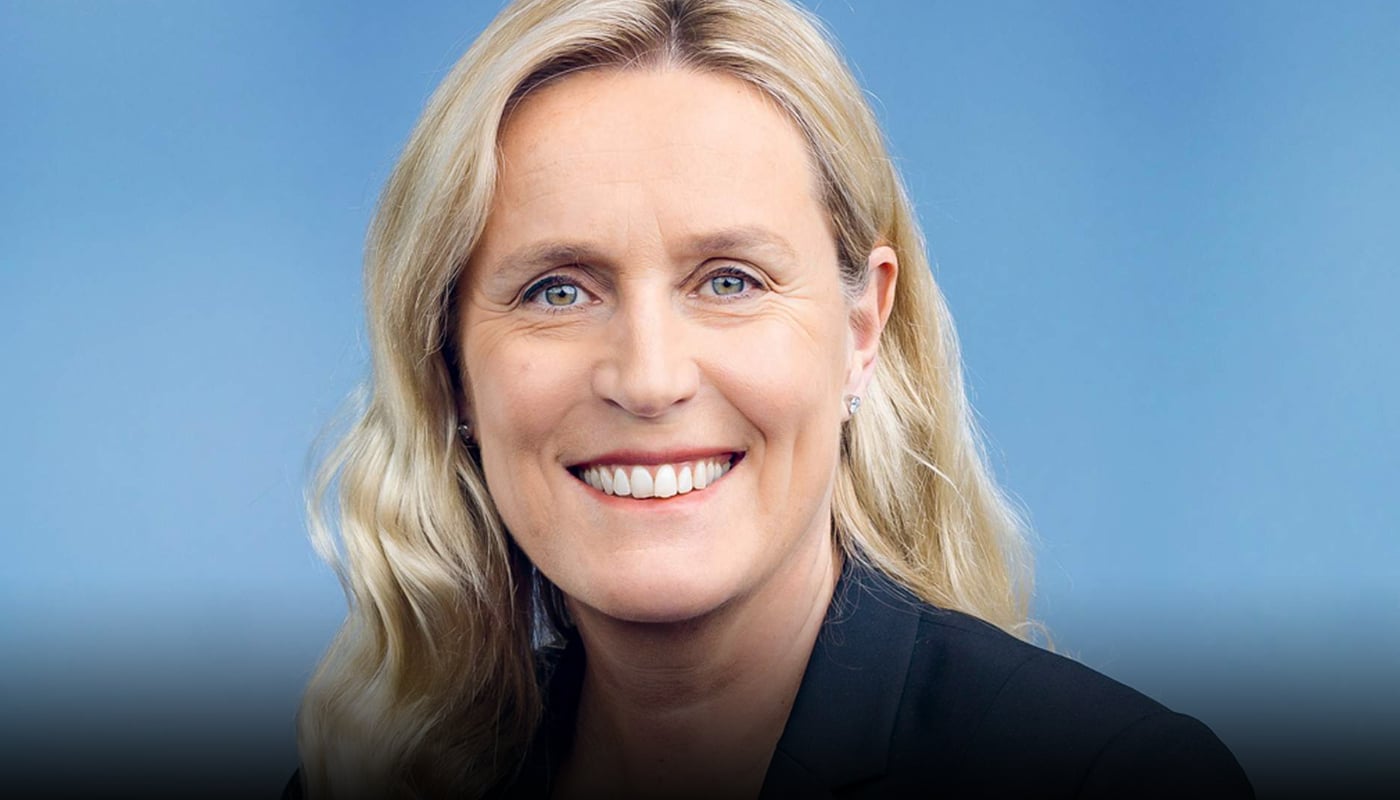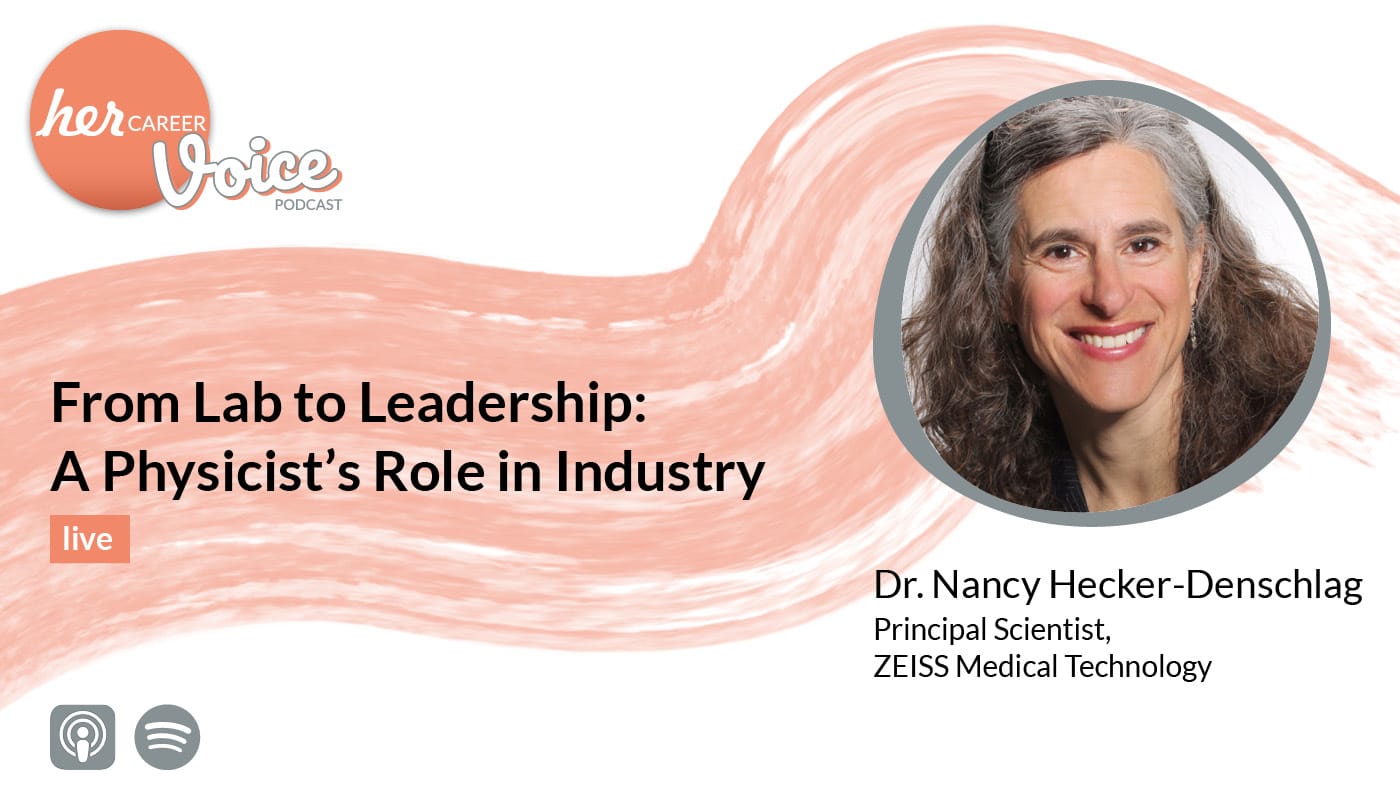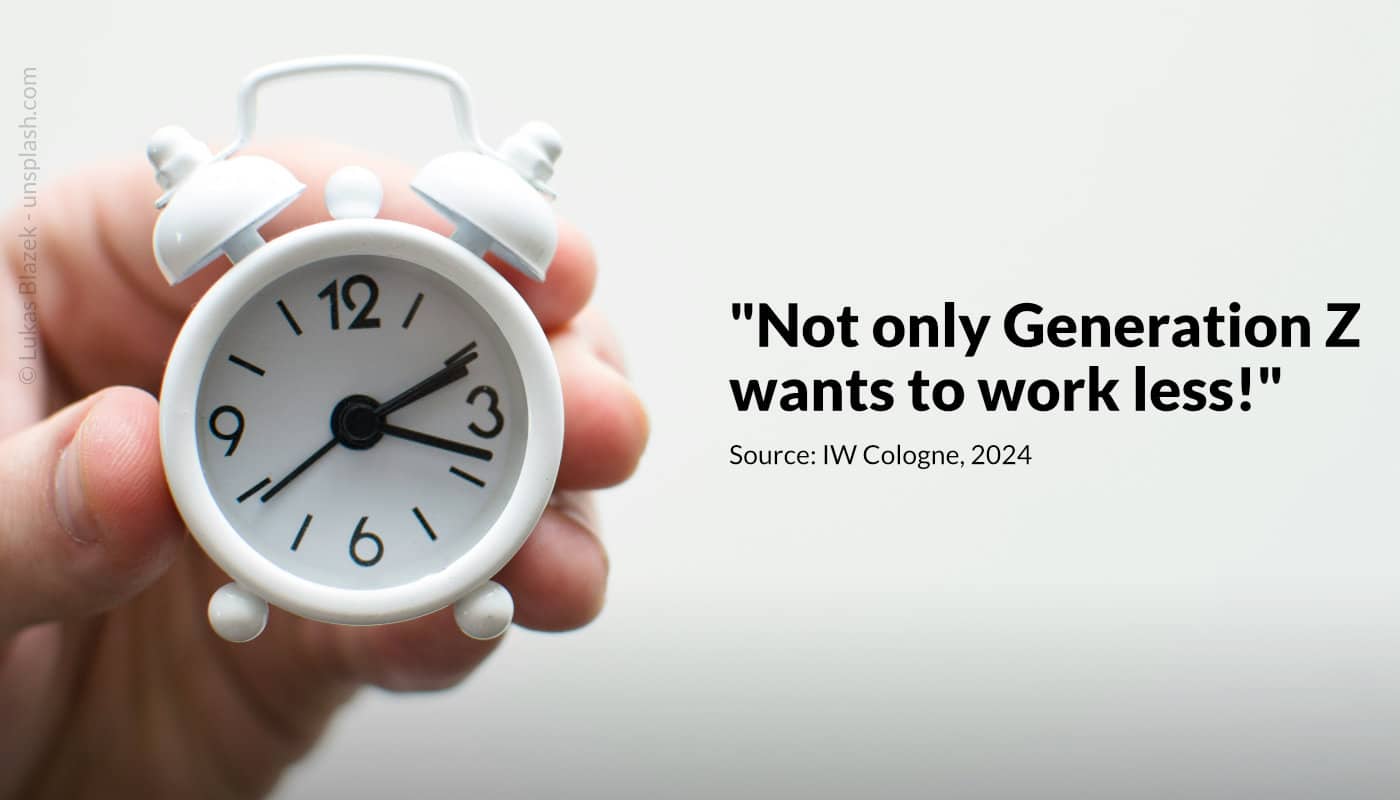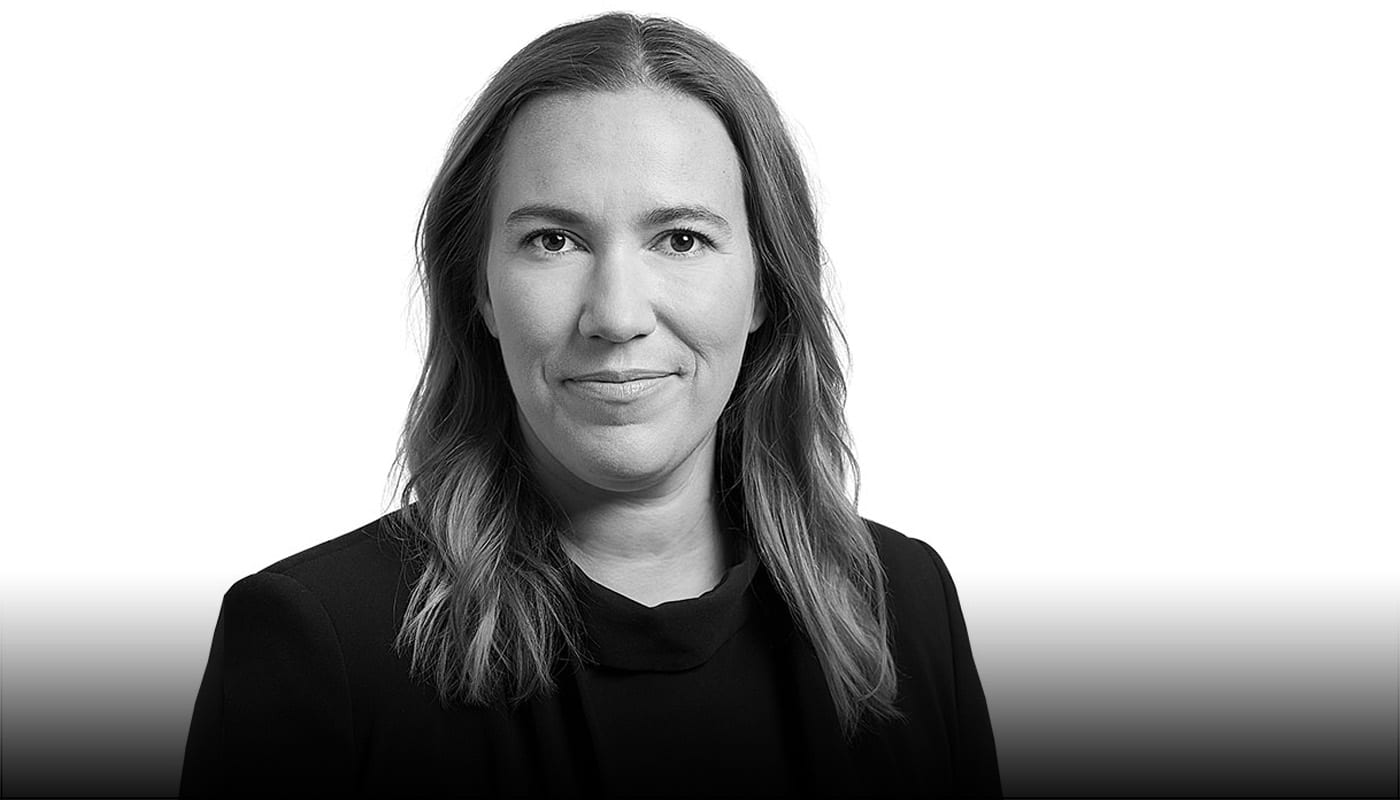Don’t change women, change the system! We’ve all heard it before. The woman who has provided scientific data and solutions to this demand is Professor Iris Bohnet, author of the critically acclaimed business book “What Works“. In her forthcoming book, Bohnet and her co-author Siri Chilazi cite new research and prove that behavioural design remains a powerful tool for improving intersectional equity in organisations. In her interview with herCAREER, the Harvard professor gives a sneak peak into the new book “Make Work Fair” and its solutions for de-biasing the system, not the people.
„And the more progressive you are, the more you care about what you are contributing to the world.“
herCAREER: Professor Bohnet, how would you describe your area of research?
Prof. Iris Bohnet: I use behavioral design to reform our human resource management. I examine how we hire people, how we develop people, support people, promote people, how we evaluate and reward them. Anything relating to HR management, really, with a focus on women’s representation.
herCAREER: In “What Works” you wrote: “Bias is not only in our minds, but also in our practices and procedures.” Can Behavioral Design minimize phenomena like broken rungs, glass ceilings, and cliffs?
Let me give you an example from a recent study we did in Australia. A large organization came to us hoping to get people who had not been selected in previous cases to reapply for other, similar positions. What they had found was that women were only about half as likely to reapply as men. So the question was, how do you close that gap?
Normally we would try to diagnose processes and systems, but in this case we didn’t even have to go that far. In fact, they showed us their rejection email, which said, “Sorry, you didn’t get the job. We liked your application, please reapply.” So we asked: “Who are you sending this to?” And they said they write to the top 20 percent of applicants.
So we said: Just add one sentence to your e-mail. Say, “Thank you for applying. You were in the top 20 percent of applicants. Please apply again.” Just that one sentence, literally, was able to completely close the gender gap in their application process. That’s the kind of work that we do.
herCAREER: So equal opportunity design isn’t just about designing new structures and processes?
No, in this case there was no notable design change. But it shows that the language you use, every form, every practice, every protocol in your meetings, you know, has gender implications. And we need to understand that and make sure that we level the playing field by design.
herCAREER: How do you teach organizations to continue to use and apply a behavioral design mindset after you leave?
We give our clients an idea of where to look and what to do. I will elaborate on this in my upcoming book. There are three steps to implementing Behavioral Design: First: Make it count. And that means, literally, count it! You need to collect and understand data and look at it in a gender disaggregated way. “We measure what we treasure” is an old saying, and it is true. So it is important not only to measure sales and profits, but also to measure gender impact.
herCAREER: What else?
The second rule is: Make it stick. That means embedding your change in your practices and procedures. In the new book, we take the reader through this step by step. Embedding means applying your changes to different stages of an employee’s journey, starting with recruitment, going on to how you craft a job as an executive, what leadership looks like, and so on. The third rule is: Make it normal.
herCAREER: And how do you do that?
There was a chapter on this in my first book, but I have collected a lot more data on this in the last few years. Take the MeToo movement, for example, and how it used to be normal, unfortunately, for some men to abuse power and misbehave in the workplace. Now we have a New Normal. There are different types of interventions being set up, the laws around the world have followed suit and we have changed the standard on what is perceived as acceptable behavior. On a more mundane level, we need to create a new normal for how we behave in meetings, how we interrupt each other, and so on. We need to normalize non-discriminatory, productive interactions in both formal and informal processes.
herCAREER: The nature of work has changed in many ways since the pandemic. How does a rise in flex-work reflect in your work? Will we be able to design inclusive work environments?
Work arrangements, I agree, have become a huge issue. Especially in terms of gender equity: not just for women, but for intersectional gender equity. How do we make remote and hybrid work stick? We did a design experiment with the job site Indeed in the UK, involving 12,000 job seekers and 2,000 companies. As flexibility has became more important, companies reflected that in their job postings. What we did with Indeed was that companies had to check a box indicating the possibility of flex-work, which then allowed people to filter for it.
The result? More people, especially more women, applied for jobs, which is desirable for all companies because they benefit from a larger talent pool.
herCAREER: Migration is also a big factor in the modern workplace. Have you come across any behavioral designs that help induce and integrate workers more successfully?
A lot of my research is based in the US. And interestingly, migration doesn’t show its effects in the same way as it does in Europe. What we are mainly talking about is intersectionality. And while it wasn’t prevalent when I first wrote What Works, it’s a huge issue now. Now we break down a person’s identity by their gender, by their ethnicity, by their social background. We will be discussing a number of studies in the upcoming book. It is important to recognize the different experiences and that, for example, women of color are represented everywhere in the workplace.
herCAREER: In Germany, we are talking about New Work, transformation is a buzzword, the transition to a new generation of leaders… Are these things that could be addressed through behavioral design?
We have a chapter in the new book on incentives. And while we don’t address age and generation as such, the book does discuss how people are looking for more than status and money in a job. The younger generation is looking for meaning and values. In two ways, actually. First: Does my work have meaning? Do I feel I am doing something meaningful, something that makes a difference in the world? Second, do I identify with the values my employer espouses? Does it care about the environment? Does it pay equal wages? Interestingly, in the US, the question of purpose is very often linked to political ideology.
herCAREER: How so?
Research shows that the more conservative you are, the less likely you are to care about anything other than your employer’s financial performance. And the more progressive you are, the more you care about what you are contributing to the world. It would be interesting to see if this is also true for Germany.
herCAREER: Thank you, Professor Bohnet, I look forward to delving deeper into the new research in our live conversation on November 20th!
This interview was held by herCAREER Editor Kristina Appel.
About this person
Iris Bohnet is a global advocate for women and gender equality. She is a behavioral economist who combines her insights from business and psychology in her work. She is the author of the award-winning book “What Works: How Behavioral Design Can Revolutionize Gender Equality” (C.H. Beck, 2017).
Bohnet’s research and insights are valued worldwide: in 2021, she was appointed to the G7 Advisory Council on Gender Equality. The Swiss-born mother of two has lived for many years in Massachusetts, USA, where she currently teaches as Albert Pratt Professor of Business and Government at the Harvard Kennedy School (HKS) and is co-director of the Women and Public Policy Program at HKS.
About the book
In MAKE WORK FAIR, Bohnet and Co-author Siri Chilazi offer data-driven, actionable solutions that build fairness into the very fabric of the workplace. Their methods, which have been tested in many companies and are based on data that has been proven in practice, focus on changing behaviors, not attitudes. This helps to move from good intentions to visible action without attacking people’s deeply held beliefs. The book will be published in English on January 25, 2025, by Harper Business.
On Wednesday, November 20, 2024, 5pm CEST (11am EST), Harvard professor and behavioral economist Professor Iris Bohnet will be a guest in a digital session at the herCAREER Academy. The session will be held in English so that as many people as possible can take part.












